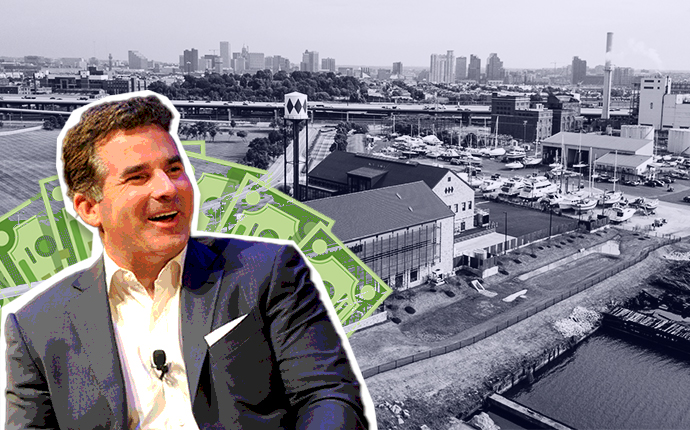The knock on the wildly popular federal Opportunity Zones program has been that, so far, its intended purpose of lifting up distressed neighborhoods has not been front and center on developers and investors’ minds.
Controversy has stirred anew now, this time concerning Under Armour’s billionaire CEO Kevin Plank. He was able to qualify for Opportunity Zone tax benefits for his waterfront development south of downtown Baltimore despite his project not meeting the program’s initial parameters, according ProPublica.
During the initial selection process, a deputy chief of staff to Maryland Gov. Larry Hogan wrote in an email that the site “does not qualify” as an Opportunity Zone. The zone where the project was located in area too wealthy to qualify, ProPublica reported.
Hogan selected the area for the program anyway, after meeting with the lobbyists for Plank, who owns about 40 percent of the zone, according to the ProPublica report.
The U.S. Treasury, which was in charge of approving the governor’s selections, did not initially select that Port Covington area as an Opportunity Zone. But that changed three weeks later when the Treasury Department issued a revised list after claiming it left some tracts out by mistake.
The revised list included 168 new areas across the country defined by the agency as “low-income communities.”
Port Covington was on that list, selected because of a provision of the law that allowed areas to make the cut if they had fewer than 2,000 people and they were within an “empowerment zone.” In this case, the empowerment zone was a small parking lot underneath the highway about one one-thousandth of a square mile.
In Chicago, a similar situation could be seen with a $2 billion project at a former hospital. In that instance, the Michael Reese site did not meet the city’s original guidelines, but was ultimately added to the list when state officials intervened. [ProPublica] — Keith Larsen
